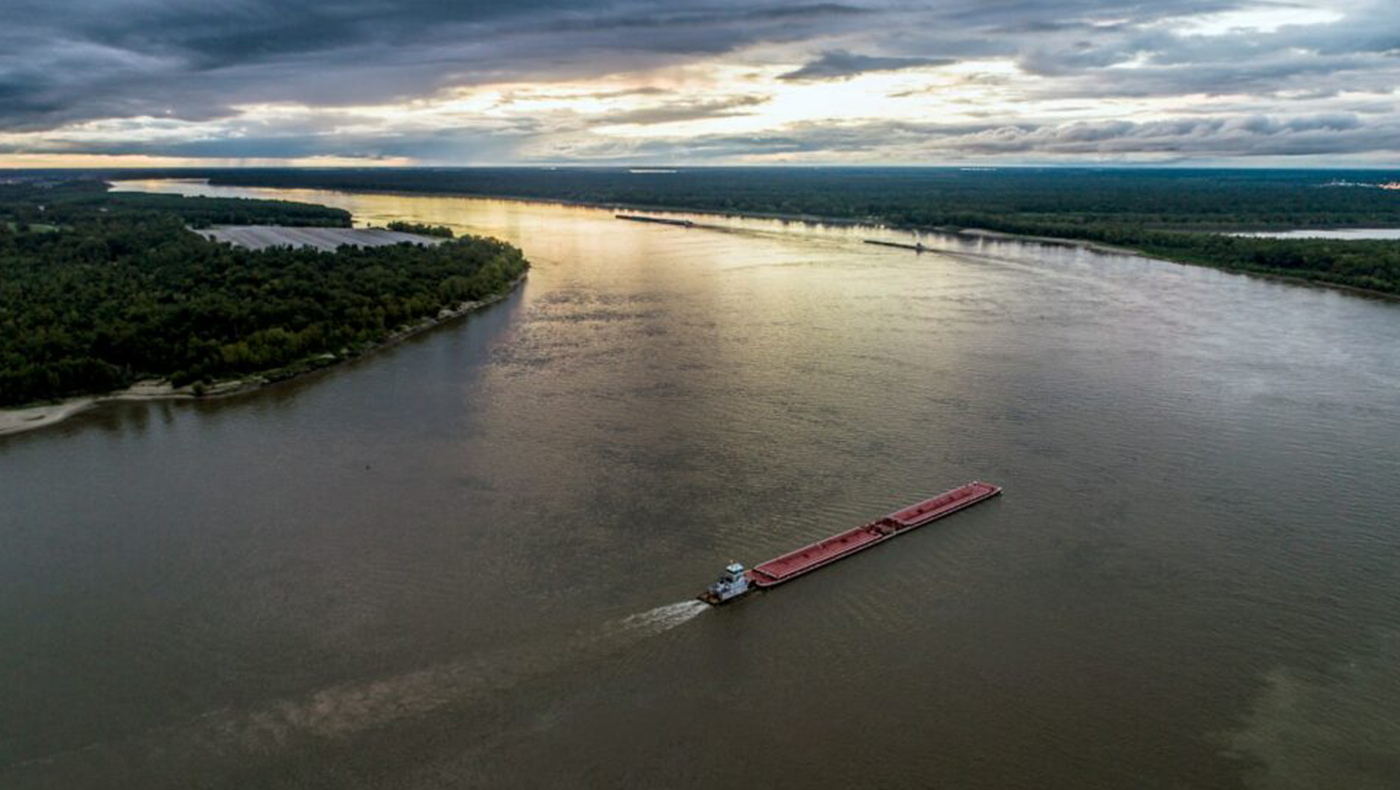The Mississippi River, an ecological, cultural and economic hub of activity, is dangerously misunderstood — at least, by climate modelers. The river supplies drinking water for more than 50 cities and 15 million people, and it supports almost 40% of the bird and fish species in North America. And yet, we still don’t know whether in the coming decades it will flood into surrounding land or shrink down to a dry shadow of its former self. That’s because, among the three global climate models that can actually simulate the Mississippi River’s water level, there is stark disagreement.
“We’re at a point in terms of uncertainty where the models don’t even agree on the trend, let alone the magnitude,” says Samuel Muñoz, Associate Professor at Northeastern in the Coastal Sustainability Institute, Department of Marine & Environmental Sciences and Department of Civil & Environmental Engineering. Muñoz’s research team tests which models are most likely to accurately predict the river by looking at the models’ track records.
Read more from Northeastern University Research.

